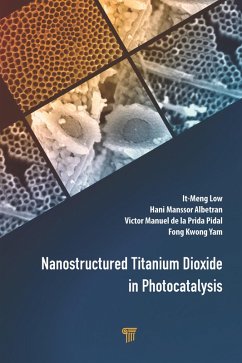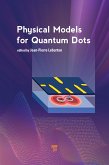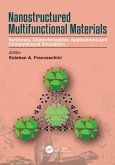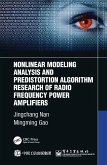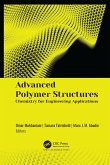Titanium dioxide (TiO2) has drawn considerable attention as an attractive inorganic raw material for various applications due to its inexpensiveness, nontoxic nature, stability, and excellent photocatalytic activity. Photocatalysis is one of the most promising route for sustainable chemistry of the 21st century. It can contribute to solving environmental, global energy, and chemical problems, as well as to the sustainable production of commodities in the near future.
This book presents the fundamentals of photocatalysis in nanostructured TiO2 and describes the factors affecting the photocatalytic activity, design, and synthesis of various forms of nanostructured TiO2. It highlights the use of ion-doping and inert-atmosphere annealing to extend the light-absorption range of photocatalysts and reduce recombination between electrons and holes. It discusses numerous applications in the fields of energy and environment, such as water purification, gas sensing, storage and delivery, and energy generation. The book is an invaluable resource and useful guide for a broad readership in various fields of catalysis, materials science, environment, and energy.
This book presents the fundamentals of photocatalysis in nanostructured TiO2 and describes the factors affecting the photocatalytic activity, design, and synthesis of various forms of nanostructured TiO2. It highlights the use of ion-doping and inert-atmosphere annealing to extend the light-absorption range of photocatalysts and reduce recombination between electrons and holes. It discusses numerous applications in the fields of energy and environment, such as water purification, gas sensing, storage and delivery, and energy generation. The book is an invaluable resource and useful guide for a broad readership in various fields of catalysis, materials science, environment, and energy.
Dieser Download kann aus rechtlichen Gründen nur mit Rechnungsadresse in A, B, BG, CY, CZ, D, DK, EW, E, FIN, F, GR, HR, H, IRL, I, LT, L, LR, M, NL, PL, P, R, S, SLO, SK ausgeliefert werden.

